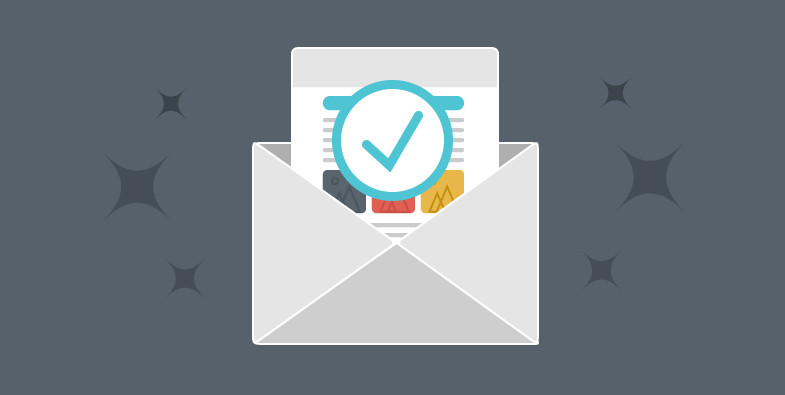
The task of the mailing list is to convince people to buy a product or service. But how do you get through to a customer’s email account and how do you get the letter to the inbox, where it has a chance to be read? It’s very simple – you need to be selective, balanced and consistent in the formation and distribution of the newsletter. We’ll show you what this means in practice by way of examples.
Don’t be partial with your messages, even during a sale period
The Christmas holidays are a shopping and ordering boom. These days you want to reach as many customers as possible and tell them about all the discounts, bonuses, and offers. And you don’t forget to congratulate them on the holidays and chat in an email about the essentials. But this is bad practice. As the results of measurements of professional companies engaged in research of e-mailing market show, the excessive load of the user with a lot of messages leads to a boomerang effect. He may abandon it altogether. And in some cases, send a complaint to the sender and forget that there is such a brand at all. You should respect the person who is on the other side of the monitor and communicate with him as you do in a live dialogue. Psychological stereotypes work in any format of communication – it has been repeatedly proved by experts. So being too obtrusive and trying to create a mailing list based on your own schedule and rhythm of work is a mistake that can cost you the contact with a client or potential customer. You can read more about what mistakes to avoid in the dialog with customers at https://reply.io/email-deliverability-best-practices-and-mistakes, where experts explain in detail the trendy and typical mistakes of senders of electronic newsletters.
Live at the user’s pace: top tips for mailing list deliverability
To avoid problems with newsletter deliverability, you should follow a few simple solutions. And the most important is to observe the regularity of the mailings, to make this mailing rhythmic, according to a previously made and already familiar to the recipient, schedule. However, this is not all the requirements for this kind of mailing:
- the messages should be filled with concise data, only relevant to the offer, with a single message, a trend that is offered to the subscriber;
- all emotional messages should be placed in a separate subscription – congratulations, company life news, events with buyers/customers, comments and appraisal of products by users;
- make exceptions to the subscription rhythm only for service messages – sending an invoice, transfer of explicitly ordered and demanded by a specific client or a group of clients, data;
- to send reporting and static data, advanced information about company’s work only at user’s request.
If you summarize all these tips, you can point to the demand for information. The frequency of data transmission and its volume, the content of the subscription should be adjusted to the wishes of the recipient.

